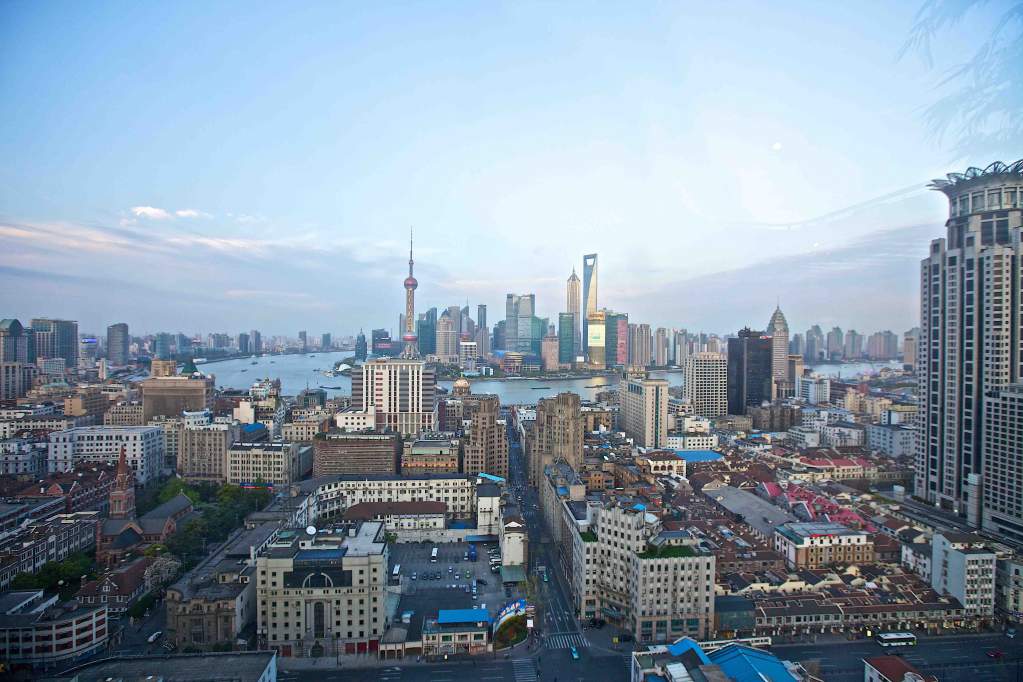February 2020 - YCP Solidiance, an Asia-focused strategy consulting firm headquartered in Hong Kong, has published a white paper on “Investment Trends in Asia: How Trade Tensions Are Impacting Growth”. The tensions started to bring market uncertainties in Asia, notably since the introduction of tariffs between the US and China in 2019. Along with the compounding effect on trade that will undoubtedly be unleashed due to the Coronavirus (COVID-19), a once uncertain trade environment has become even more challenging than ever to navigate.

The aggregate FDI into the region witnessed a huge drop off from 2018 into the first half of 2019 and China saw a 58% decrease in US investment. This drop in US investment also helped to drive down China’s overall M&A volume, which fell over 25% in 2019. Looking specifically at US M&A into Greater China, we see an even more precipitous drop in activity, after a spike in M&A value in 2018.
There has also been some movement away from China recently to other neighboring Asian markets or even North America, known as “China+1” strategy. While China saw a decrease in US investment, Singapore, Australia, Indonesia, and Thailand all witnessed influxes of capital from American investors over 100% greater than in 2018.
Going forward: Asia Remains Important for Investment and M&A
The report suggests that despite the challenges resulted from trade tensions, economic interest in Asia remained high. This has not caused most companies to alter their basic investment strategies and continue to view Asia as a primary region for growth and expansion in the near to mid-term future.

Although business between the US and China has fallen off sharply, our survey suggests that US executives remain cautiously optimistic about China. In terms of their impending investment plan, over 60% have delayed their investments but believe the lingering effects of the trade tensions will resolve within the next three years.

Specifically looking at M&A, an impressive 90% of respondents indicated that they will pursue an acquisition in the region within the next two years. In fact, 60% of respondents are currently involved in an M&A initiative. Going forward, M&A will become an important vehicle to achieve regional growth goals. Despite a number of challenges to consider while looking at new acquisitions, Asia will remain a major area of new growth and foreign companies need to establish an integrated strategy to navigate through the market.
For more details about this report, download the full version of the white paper here.





